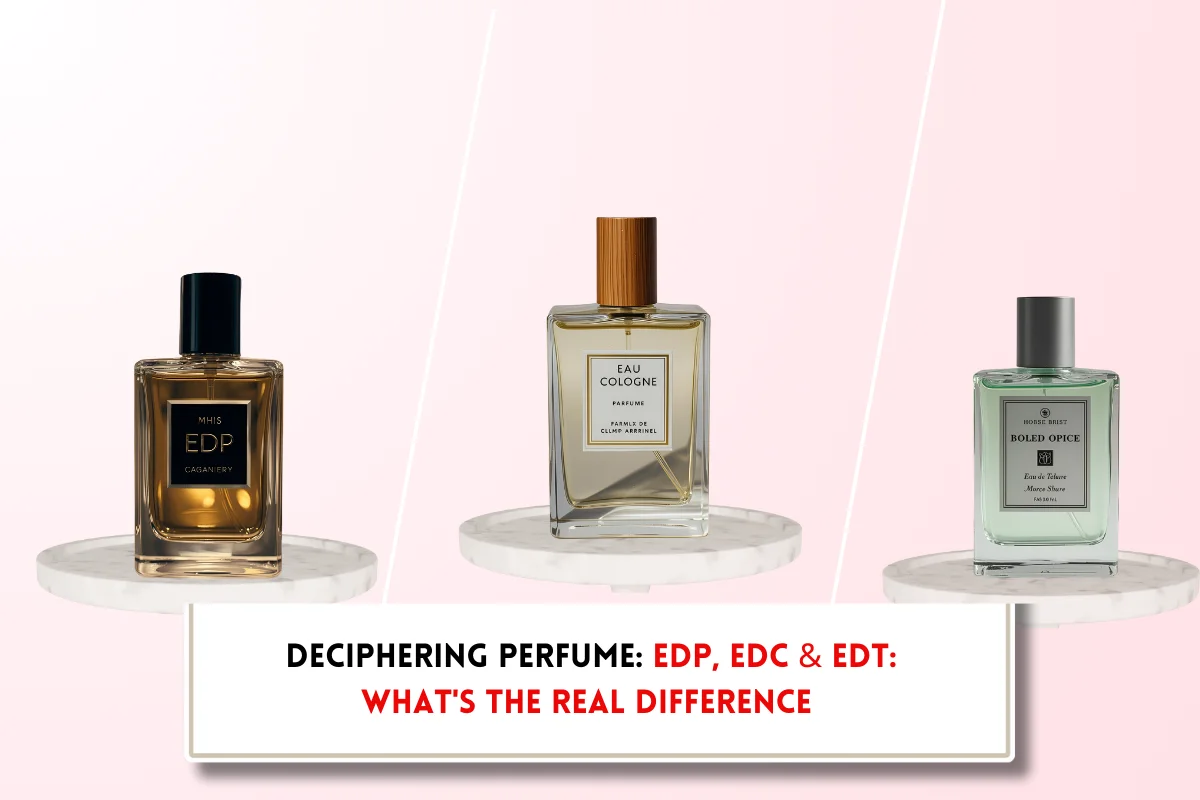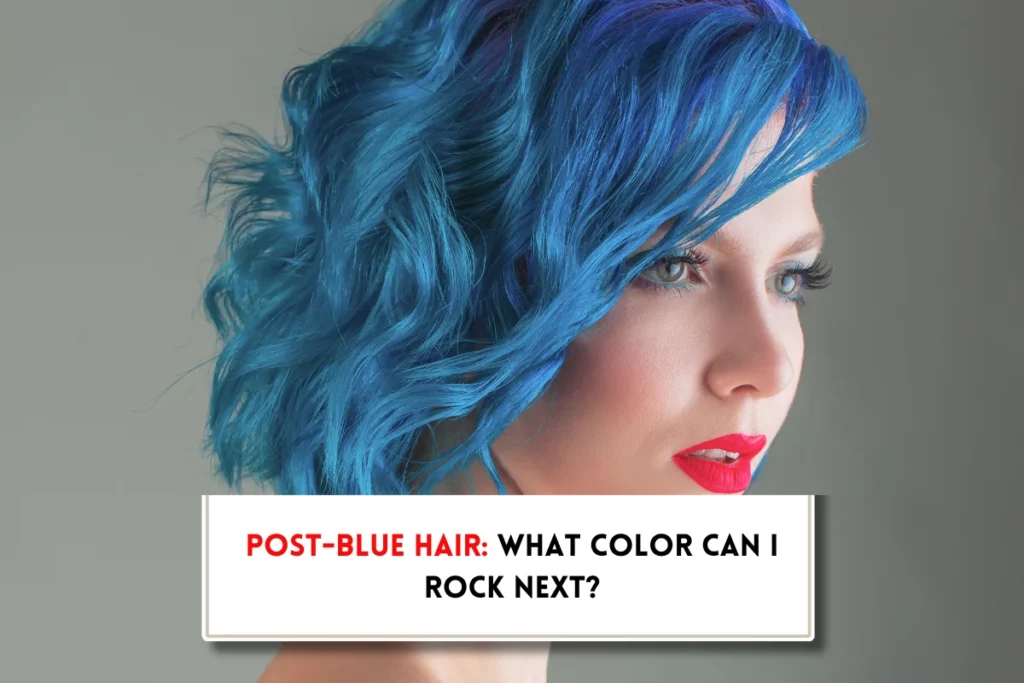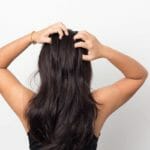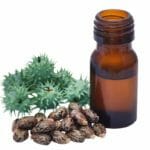Why does my hair get puffy when I brush it?
At BeautyCaters, our expert team independently curates every recommended product. Purchases through our links may earn us a commission. Explore our transparent selection process.
Ever brushed your hair and felt like it’s suddenly gone through a growth spurt? That’s the dreaded “puffy hair” phenomenon, a common hair issue that leaves you feeling a bit deflated. But why does my hair get puffy when I brush it? Let’s unravel the hair-raising mystery and discover how to tame those unwanted “poofs.”
- Understanding hair structure
- Why does my hair get puffy when I brush it?
- Types of brushes and their impact on hair
- How to prevent puffy hair?
- How to choose the right brush for your hair?
- Myths and misconceptions about why does my hair get puffy when I brush it?
- Final Word: Why does my hair get puffy when I brush it?

Understanding hair structure
Before you examine the reasons, your hair gets puffy when you brush it, you must understand its basic structure. Hair is composed of a protein called keratin and has three main layers: the medulla, cortex, and cuticle. Each part plays a significant role in determining your hair’s texture, strength, and overall appearance. Knowledge of these layers helps to understand how your hair reacts to brushing and styling and manage hair.
Anatomy of hair
Understanding the structure of your hair is essential for effective hair care. Hair is composed of three primary layers:
- Medulla: The innermost layer, often absent in finer hair.
- Cortex: The thick middle layer, providing strength and color.
- Cuticle: The outermost layer that protects the inner structure.
- Hair cuticle: The cuticle, a layer of overlapping cells, plays a crucial role in maintaining hair health. It acts as a protective barrier, preventing moisture from penetrating the hair shaft. When the cuticle is damaged or raised, due to factors like heat styling, chemical treatments, or excessive brushing, moisture can more easily enter the hair shaft. This can cause the hair to swell and become puffy or frizzy.
- Hair shaft: The shaft is the visible part of the hair that extends from your scalp. Its health and appearance are directly influenced by the condition of the cuticle. A healthy cuticle helps to maintain the hair’s natural shine, strength, and manageability.
Also Read: 4 handy steps to curl your hair with brush
Why does my hair get puffy when I brush it?
Many times after brushing, hair results in a puffy and unruly look. But what exactly causes this phenomenon? A variety of factors contribute to puffy hair. These include:
- Brush type: The type of brush you use and the technique you employ when brushing your hair significantly impact on how puffy it becomes. For example, a round brush with natural bristles create more volume and puffiness, while a wide-tooth comb can help to minimize puffiness.
- Brushing technique: Brushing hair too vigorously or with too much force can actually cause damage and breakage, leading to increased puffiness. It’s important to use the right tools and a gentle touch when brushing your hair to minimize puffiness and maintain the health of your locks.
- Hair texture and health: The natural texture and health of your hair also play a significant role in how puffy it becomes when brushed. For example, fine or thin hair is more prone to puffiness, as it lacks the weight and density to keep it sleek and smooth. Additionally, dull, damaged hair is more likely to appear puffy when brushed, as the cuticles are rough and uneven, creating a frizzy, voluminous look. So, maintain the health of your hair. Regular trims, condition, and use the right products to minimize puffiness and maintain a smooth, sleek appearance.
- Static electricity and frizz: Brushing can create static electricity, causing hair to frizz. The friction between the brush and your hair can disrupt the natural balance of charges, resulting in static. Using hydrating products and a brush with natural bristles can help reduce static and smooth the cuticle. Hydrated hair is less prone to frizz and static, as the moisture helps to seal the cuticle and prevent it from becoming rough.
- Humidity’s role in hair volume: Humidity can cause hair shafts to swell, leading to puffiness. When the air is humid, moisture can penetrate the hair shaft, causing it to expand. Use anti-humidity products, smoothing serums, and deep conditioning treatments to manage hair volume in humid conditions. These products can help to seal the cuticle and prevent moisture from entering the hair shaft, reducing puffiness and frizz.
Types of brushes and their impact on hair
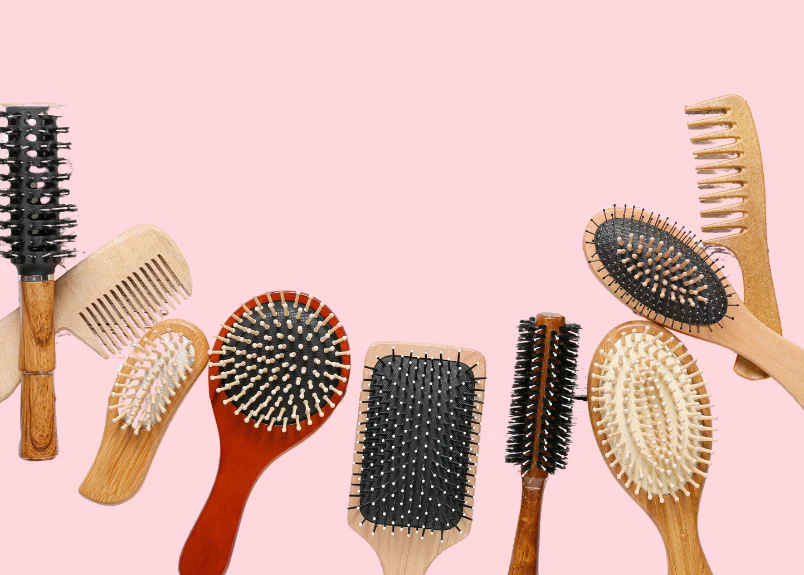
The type of brush you use can significantly impact your hair’s appearance. Here’s a breakdown of common brush types and their effects:
- Round brush: Ideal for adding volume and creating curls.
- Paddle brush: Smoothens hair and reduces frizz, making it suitable for those with straight or wavy hair.
- Wide-tooth comb: Gently detangles wet or dry hair, minimizing breakage.
- Boar bristle brush: Helps to distribute natural oils from your scalp, adding shine and reducing frizz.
- Vent brush: Designed to dry hair faster while adding volume.
| Brush Type | Effect on Hair |
| Round Brush | Adds volume and curls |
| Paddle Brush | Smoothens hair and reduces frizz |
| Wide-Tooth Comb | Minimizes breakage and detangles |
| Boar Bristle Brush | Distributes oils and adds shine |
| Vent Brush | Dries hair faster and adds volume |
How to prevent puffy hair?
Now that you understand the factors contributing to puffy hair, let’s explore effective strategies to prevent and manage this common hair issue.
- Choose the right brush: Opt for brushes with natural bristles to avoid excessive friction and static. These bristles help distribute natural oils from your scalp, promoting healthier hair. Plastic bristles can create friction and contribute to puffiness.
- Proper brushing techniques: Avoid brushing too vigorously, as this can damage your hair and lead to puffiness. Brush your hair in small sections, holding each section taut as you brush from roots to ends. Brush your hair when it’s dry, or use a wide-tooth comb to detangle wet hair to minimize breakage.
- Hair products for smoothing: Opt argan oil, or those that contain keratin-boosting formula. Products containing these ingredients can help soften and smooth the hair cuticle, reducing puffiness and frizz. You can choose anti-frizz serums and creams. These products provide long-lasting control and protection against humidity. Apply them to damp hair for best results.
- Salon treatments: Keratin Treatments are a good option to prevent puffy hair. These treatments can smooth out frizz and puffiness, strengthening the hair and creating a sleek finish. You can also choose deep conditioning. Theynourish and hydrate your hair with deep conditioning treatments to reduce puffiness and improve manageability.
These hair care tips help effectively manage puffiness and achieve a smoother, sleeker hairstyle. Remember, consistency is key, so be patient and experiment to find what works best for your hair.
How to choose the right brush for your hair?
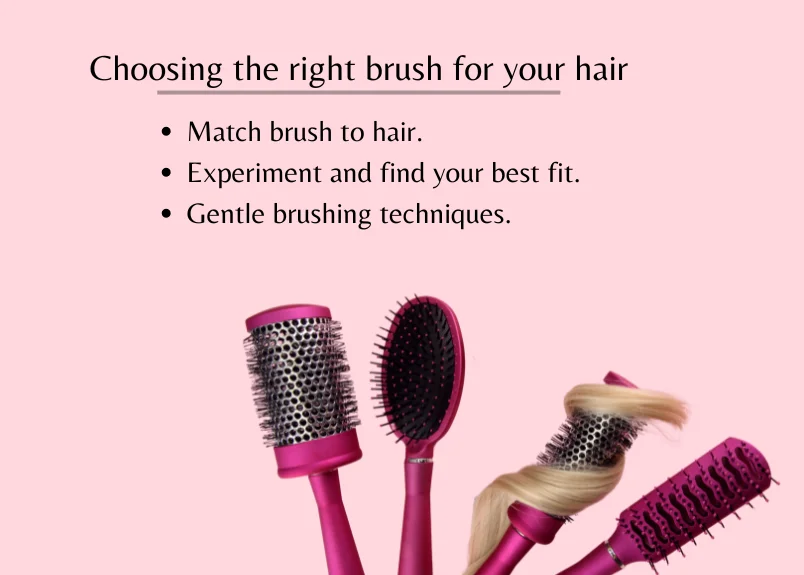
A better understanding of the types of brushes available can help you make informed choices about your hair care routine. to keep your hair looking its best:
- Match brush to hair: Choose a brush that complements your hair type. For example, a round brush is ideal for adding volume and curls, while a paddle brush is suitable for smoothing and reducing frizz.
- Avoid wet brushing: Brushing wet hair with a dense brush can lead to breakage. Opt for a wide-tooth comb for gentle detangling.
- Experiment and find your best fit: Try different brush types to discover the one that works best for your hair.
- Gentle brushing techniques: Practice gentle brushing techniques to prevent damage and maintain the health of your hair.
Any adjustments in your brushing method can lead to a significant improvement in how your hair looks and feels.
Myths and misconceptions about why does my hair get puffy when I brush it?
Despite the numerous theories surrounding hair care, many myths and misconceptions can lead to confusion about your hair’s behavior. For instance, you might believe that brushing your hair always makes it smooth, while in reality, the technique and type of brush you use contribute significantly to your hair’s texture.
For example, brushing your hair from the ends to the roots helps distribute natural oils and reduces frizz. Additionally, using a wide-tooth comb on wet hair is often better than a regular brush.
Final Word: Why does my hair get puffy when I brush it?
Puffy hair is a combination of factors like dryness, frizz, and static electricity. To manage this issue, focus on: moisturize your hair with the right products, use a wide-tooth comb to minimize breakage, use the right products, avoid excessive heat styling, over-brushing, and maintain a healthy scalp. Remember, patience is key, and with a little extra care, you can say goodbye to puffy hair for good!


